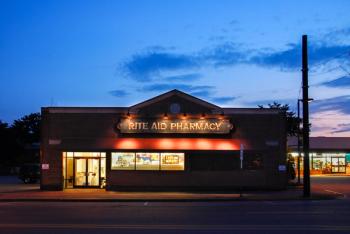
Risk of Aggressive Skin Cancer Reduced By High Factor Sunscreen
Sunscreen can decrease the risk of melanoma by more than 30%.
The risk of developing melanoma can drop by 33% if high factor sunscreen is used, according to a study published in the Journal of Clinical Oncology.
In the study, individuals who used sunscreen reported more sunburn, more sunbathing vacations, and the use of tanning beds, compared with individuals who never used sunscreen.
As a result, individuals who did not wear sunscreen had a lower risk of developing melanoma than those who used low factor sunscreen. However, earlier studies have shown mixed results, with some of the findings showing a slightly increased risk of melanoma among
“The explanation for this paradox is that some people use sunscreen for prolong sun exposure and acquire suntan,” said researcher Reza Ghiasvand, PhD. “Moreover, many people don’t apply the proper amount of sunscreen, forget to reapply, and missed to apply on all exposed areas resulting in sunburn and increased risk of melanoma. We found that those who used sunscreen with a factor higher than 15 had a 33% lower risk of melanoma compared with those using sunscreen with a low factor.”
Newsletter
Stay informed on drug updates, treatment guidelines, and pharmacy practice trends—subscribe to Pharmacy Times for weekly clinical insights.




















































































































































































































